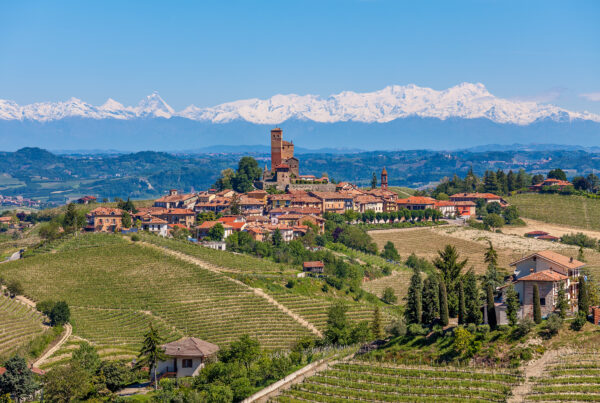In theory, the en primeur system is a simple, mutually beneficial, transaction. The chateaux get to finance their crop while the wine is still in barrel and in return their customers get access to the latest vintage at the best possible price. In reality, some chateaux rake in hefty profits for purchasers year after year; others, well, don’t. With this in mind, we’ve decided to take a look at the chateaux that consistently prove to be better buys, as well as at those that are perhaps best left until they are available in bottle. By comparing the initial London release price of 81 major chateaux from 2000 to 2007 with the market price when available in bottle, we were able to map each chateaux’s average price movement. So what do the numbers reveal?
Overall, two thirds of wines increased in price between the initial release and being available to buy in bottle. Unsurprisingly, high-quality vintages – and 2005 in particular – delivered better results than those from lesser years. For the First Growths and selected others (such as Carruades, Fleur Petrus, Duhart Milon, Leoville Barton and Lynch Bages) buying at en primeur almost guarantees investors are getting the best price. For the other chateaux it's not quite as clear cut: only wines from the best vintages (and those lauded by the critics) showed substantial price increases following their initial London release.
Below is the "Liv-ex En Primeur Hall of Fame" – the top 20 performing chateaux according to our study.
|
Rank |
Wine |
Average* |
Rank |
Wine |
Average* |
|
1 |
Carruades de Lafite |
133.3% |
11 |
Kirwan |
22.0% |
|
2 |
Ausone |
70.7% |
12 |
Cantenac Brown |
19.2% |
|
3 |
Latour |
59.7% |
13 |
Leoville Poyferre |
19.2% |
|
4 |
Lafite Rothschild |
54.9% |
14 |
Pavillon Rouge |
18.9% |
|
5 |
Forts de Latour |
49.0% |
15 |
Mouton Rothschild |
17.9% |
|
6 |
Margaux |
43.4% |
16 |
Haut Brion |
17.7% |
|
7 |
Leoville Barton |
38.6% |
17 |
Malescot St Exupery |
17.1% |
|
8 |
Duhart Milon |
32.9% |
18 |
Beychevelle |
17.0% |
|
9 |
Fleur Petrus |
29.9% |
19 |
Clos Fourtet |
15.5% |
|
10 |
Lynch Bages |
23.7% |
20 |
Clerc Milon |
15.4% |
*Average percentage price move, vintages 2000-2007. To account for distorting effects of one outstanding (or awful) vintage on each chateaux’s average, we excluded the best and worst performing years.
Left Bank wines have consistently outperformed those from the Right Bank, filling up 17 spots on the 20 best performers table (see above). The study also shows the changing fortunes of Latour and Lafite: the former was dominant between 2000-2004, with the relationship reversing from 2005 onwards.
So is buying en primeur always the best option? And what should investors keep in mind when weighing up the costs? When you account for the cost money (as well as the risks involved in en primeur purchases) anything that shows a price increase of less than 15% is arguably better bought when physical. If we use this criteria, then only 235 wines (36%) are classed as definite buys out of our sample of 645.
To view the full data on the 81 chateaux in the study, including a vintage-by-vintage breakdown, view the Liv-ex April Fine Wine Market Report (log in and find it under the analysis menu, subscribers only, sign up here).





